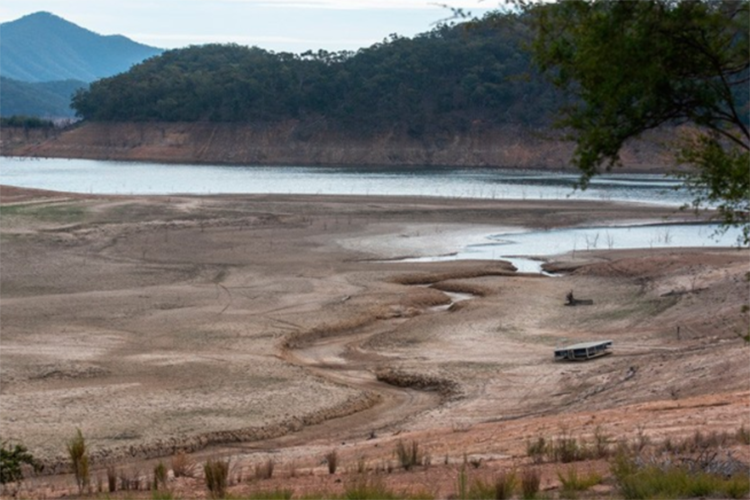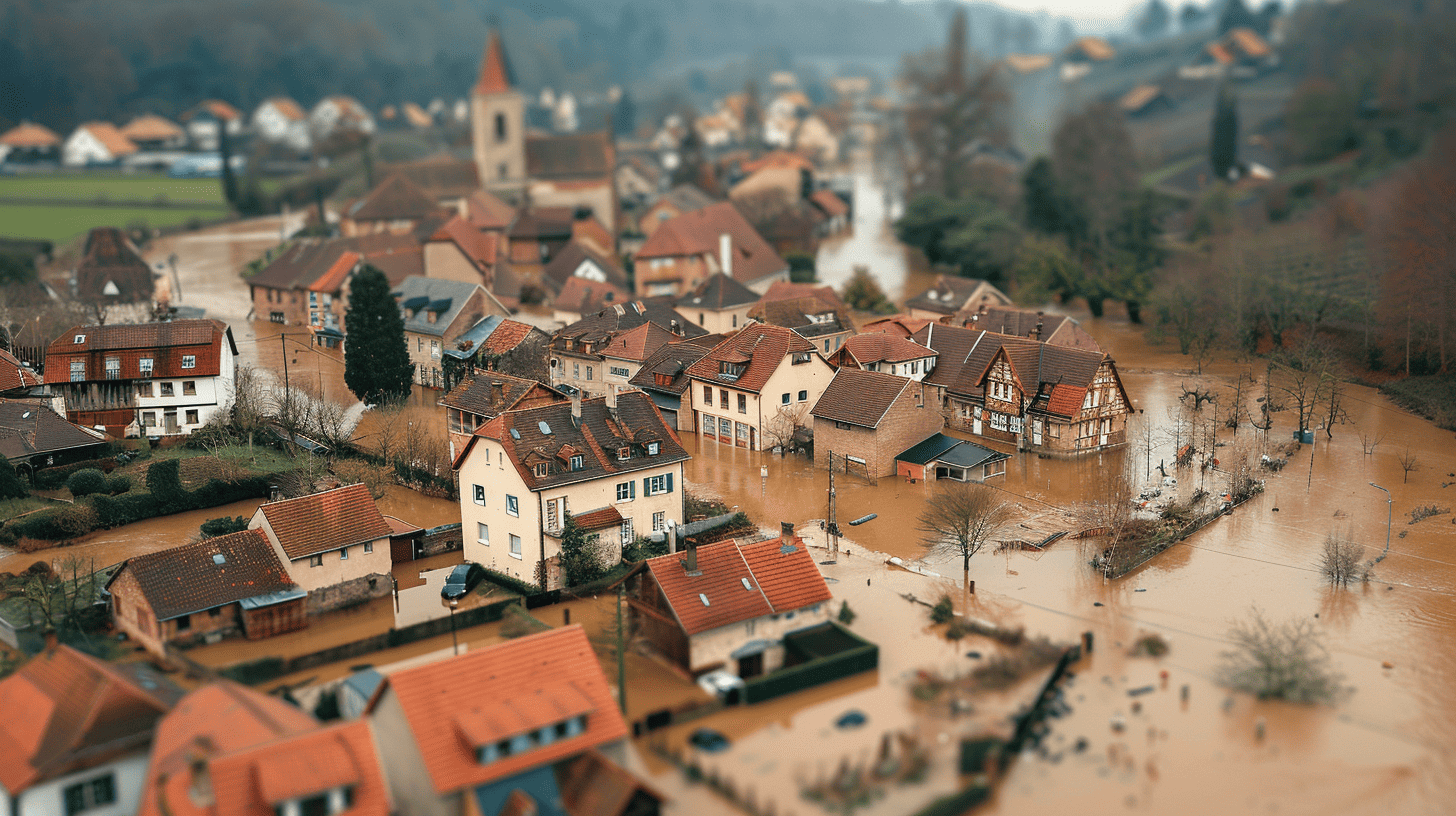
About Decarbonizing Europe
What does the Recovery and Resilience Facility entail?
The European Commission has made available an amount of 723.8 billion euros
to combat the consequences of the corona crisis and make Europe greener, cleaner, and future-proof. All member states have the opportunity to submit plans for disbursement from this Recovery and Resilience Facility.
Who is participating in the Recovery and Resilience Facility?
All the member states of the European Union. All member states? No, The Netherlands has not submitted plans as yet. Although, it became public knowledge at the end of January that hard work is going on behind the scenes in the Netherlands to secure some of those European billions.
What do the member states have to spend the money on?
At least 37 percent of the funding should be used for making their countries more sustainable and 20 percent for digitalization. In addition, there are also other key points:
– Smart, sustainable and inclusive growth
– Social and territorial cohesion
– Public health, economic, social, and institutional resilience
– Policy for future generations
What else is happening?
Apart from that, the EC has identified several so-called flagship areas:
– Power up
– Renovate
– Recharge and Refuel
– Connect
– Modernise
– Scale-up
– Reskill and upskill
What is Innovation Origins planning to do?
Over the next few months, we will be focusing on the implementation of these plans. We will be outlining what each country is doing to reduce CO₂ emissions, and we will be reporting on innovative projects. Infographics will allow you to compare the member states’ efforts with each other.
A crisis like the corona pandemic calls for decisive measures. The EU has freed up €723.8 billion in an effort to use the Recovery and Resilience Facility (RRF) to pull the European economy out of the recession caused by corona. In order to qualify for a share of this large bag of money, member states must submit a plan to the European Commission. In the series Decarbonizing Europe, we put those plans under a magnifying glass.
In 2020, the Spanish economy shrank by 11 percent – the sharpest downturn ever recorded in the country. The figures speak for themselves: of all European countries, the corona pandemic hit Spain hardest. An ambitious and comprehensive corona-recovery plan, consisting of 112 investments and 102 reforms, should get the country out of the stagnation.
With a budget of €69.5 billion in subsidies, the Plan Recuperación, Transformación y Resilienca was the most expensive plan that appeared before the European Commission. The investments should lead to 250,000 new jobs and a 2 percent increase in gross domestic product.
The investments and reforms are designed around four key areas: the green transition, the digital transition, social and territorial inclusion and gender equality. 40 percent of the budget goes to climate purposes and 28 percent is reserved for promoting the digital transition. With the plan, the government aims to accelerate the transition to a “low-carbon, more sustainable and climate-resilient economy.”
A greener Spain
To achieve the transition to “a greener Spain”, the country is investing €27.8 billion in climate purposes, with renewable energy and energy efficiency at the centre. Making buildings energy-efficient, infrastructure, storage and flexibility of energy, better water- and waste management and green hydrogen are important cost items. The plan does not state how much CO₂ reduction these measures should lead to.
All these plans are in line with Spain’s National Energy and Climate Plan (NECP). In the plan, the government sets the goal of increasing energy efficiency by 39.5 percent by 2030. Also, 42 percent of energy consumption must come from renewable sources by that time.

Climate Change and Energy Transition Act
In addition, the government wants to implement a ‘Climate Change and Energy Transition Act’, setting sustainable targets for 2030 and climate neutrality by 2050 (including a fully sustainable electricity system). “A good plan. This way there is a clear frame of reference and measures can be taken if climate targets are not met,” says Manola Brunet. Brunet is a geographer specialised in climate change and head of the centre for climate change at the Rovira i Virgili University.
A national climate law is important because Spain has the most decentralised system of government in the European Union: the nineteen autonomous communities have a great deal of control over their climate and energy policies and their development and implementation. According to the International Energy Agency (IEA), this decentralised system of governance makes effective coordination between the central government and the regions difficult and hinders the successful implementation of green transition measures. A national law – which stands above the regional law – should make this easier.
Hotspot for climate change
Yet, Brunet is not so positive. “My impression of the national plans to combat climate change is that they are very general. I hear a lot of blablabla: they talk about it, but there is no clear plan. While Spain is a hotspot for global warming. We have a Mediterranean climate, there is less and less rain, and there is more and more drought. This has major consequences for the entire ecosystem, for people and nature.”
Whereas the global average temperature rose by 1.1°C, the long-term rate of warming for mainland Spain is double the global rate. Should this rise further, it’s very likely that large parts of southern Spain will turn into a desert, according to research by the Mediterranean Institute for Biodiversity and Ecology. “Yet the news about the climate here still falls under the science section. It’s not on the front pages,” says Brunet.

Josep Lluís Martínez González, professor Environmental Economy at the Universitat Autònoma de Barcelona, is worried too. “The further south you go, the worse the scenarios are. Some of the main risks are a lack of water, desertification, fires, floods, loss of coastline and tropical heat waves. Migration problems from Africa are also expected to worsen, as these regions will become more and more difficult to live in.”
A new ministry
But, Brunet believes that politicians need to work much harder than that. “People are doing what they can. If energy is produced by fossil fuels, then that’s what it is. But if there is green electricity, they would buy it. That responsibility lies with the government.”
Renewable energy
By 2050, Spain wants to be climate-neutral and its energy mix must consist of renewable energy for 97 percent. Therefore, the country focuses on large-scale development of renewable energy in the form of wind and solar power and green hydrogen, according to the IEA. However, the recovery plan allocates relatively little budget (€6.1 billion) to investments in clean technologies and the acceleration and use of renewable energy sources, including the implementation of green hydrogen.
NextGeneration EU
The corona crisis is one of the biggest challenges of our time. The European Union, through NextGenerationEU – the largest recovery plan ever at €806.9 billion – aims to help its member states emerge stronger from the crisis. The Recovery and Resilience Facility (RRF) is at the heart of this plan (€723.8 billion).
The RRF has two goals: first, to pull the European economy out of the recession caused by the corona pandemic. At the same time, it is designed to give an impetus to important investments for the future and measures for rolling out reforms.
All 27 member states have submitted plans. Whether all the money is actually disbursed depends on a final assessment of the projects. For example, countries must spend at least 37 percent of their budgets on climate action and 20 percent on digitalization.
On paper, the green transition is an important building block of the political agenda. For example, in 2018, a Ministry for the Ecological Transition and Demographic Challenge was inaugurated. In 2020, the relevant minister, Teresa Ribera, was promoted to Deputy Prime Minister. This action illustrates the importance the government attaches to climate change.
Efficiency first
In addition to renewable energy, efficient use of energy is an important point for the climate strategy of the southern European country. In all sectors, energy transition objectives are strongly dependent on a reduction of consumption. The country has already started to decouple energy consumption from economic growth. In other words, growth is no longer an excuse for consuming more energy. The recovery plan earmarks €7.8 billion for making public and private buildings energy efficient.
For sustainable mobility in both cities and long-distance travel, €13.2 billion has been made available. The money will be invested in improving railway infrastructure, introducing low-emission zones in urban areas, ‘green’ buses and further developing public transport in cities. A logical choice, according to González. “Transport is one of the main sources of carbon dioxide emissions. More efficient traffic, better infrastructure for bicycles and investing in railways help to reduce emissions.” The recovery plan also includes measures to counteract the effects of climate change on ecosystems, biodiversity and the coastline. For example, a circular economy is promoted by improving water and waste management.
A lot of uncertainty
Good plans, but the professor of Environmental Economy worries most about the institutional framework that has to implement the reforms. “I see that framework as an obstacle to efficiency. One of the RRF programs is the requalification of Spanish university systems. It finances the hiring of researchers, but universities can decide the salaries. As a result, researchers sometimes earn less money than a cashier in a supermarket. I’m concerned that regional public administrations, public companies and universities take advantage of these aids for their own purposes. If we don’t have an institutional framework that facilitates efficiency and good long-term strategies, it’s a waste of money.”
Brunet sees that there is a great deal of uncertainty about the distribution of almost seventy billion euros. “The central government says they are distributing the subsidies equally among the districts, but all I hear is that it is unclear how much they will get and what the money can be used for exactly.” Research by Spanish bank BBVA supports this observation: their conclusion is that the recovery plan was making slow progress in 2021. The central government only did 45 percent of the total planned payments for last year. To move from a climate change hotspot to a renewable energy hotspot, much work remains to be done.
Cover photo: Summer in Rio Parc, Madrid. Image: Pedro Armestre, Greenpeace
Support us!
Innovation Origins is an independent news platform that has an unconventional revenue model. We are sponsored by companies that support our mission: to spread the story of innovation. Read more.
At Innovation Origins, you can always read our articles for free. We want to keep it that way. Have you enjoyed our articles so much that you want support our mission? Then use the button below:








